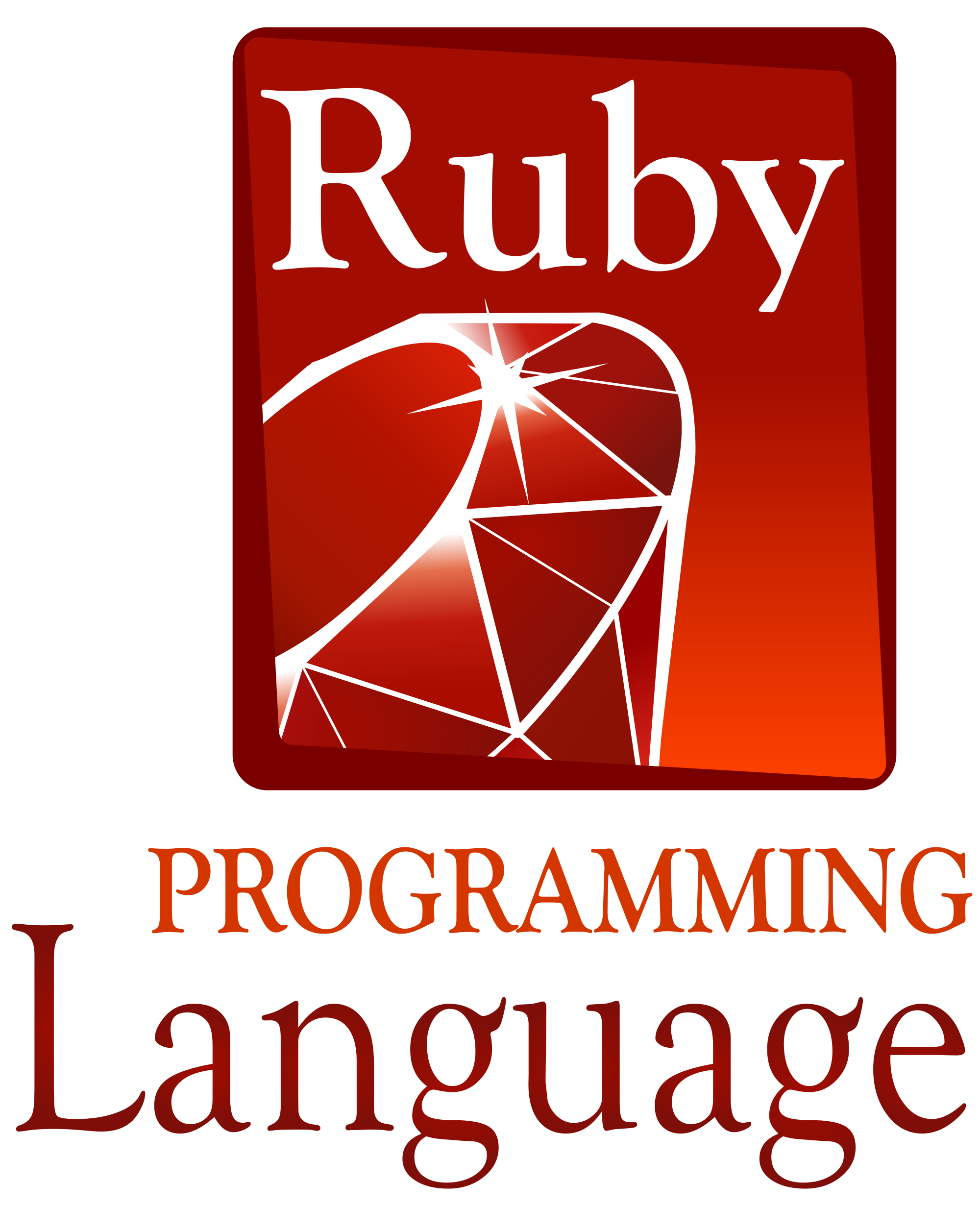Ruby is a scripting language designed by Yukihiro Matsumoto IN 1993, also known as Matz. Ruby is a pure object-oriented programming language.It runs on a variety of platforms, such as Windows, Mac OS, and the various versions of UNIX.Ruby is considered that are similar to those of Smalltalk, Perl, and Python. Perl, Python, and Smalltalk are scripting languages. Smalltalk is a true object-oriented language. Ruby, like Smalltalk, is a perfect object-oriented language. Using Ruby syntax is much easier than using Smalltalk syntax.

ALSO READ: Top 10 cloud security companies and service providers
Contents
FEATURES IN RUBY:
- Ruby is open-source and is freely available on the Web, but it is subject to a license.
- Ruby is a general-purpose, interpreted programming language.
- Ruby is a true object-oriented programming language.
- Ruby is a server-side scripting language similar to Python and PERL.
- Ruby can be used to write Common Gateway Interface (CGI) scripts.
- Ruby can be embedded into Hypertext Markup Language (HTML).
- Ruby has a clean and easy syntax that allows a new developer to learn very quickly and easily.
- Ruby has similar syntax to that of many programming languages such as C++ and Perl.
- Ruby is very much scalable and big programs written in Ruby are easily maintainable.
- Ruby can be used for developing Internet and intranet applications.
- Ruby can be installed in Windows and POSIX environments.
- Ruby support many GUI tools such as Tcl/Tk, GTK, and OpenGL.
- Ruby can easily be connected to DB2, MySQL, Oracle, and Sybase.
- Ruby has a rich set of built-in functions, which can be used directly into Ruby scripts.
RUBY ON RAILS:
- Ruby on Rails is an extremely productive web application framework written in Ruby by David Heinemeier Hansson.
- It encourages and facilitates the use of web standards such as JSON or XML for data transfer, and HTML, CSS and JavaScript for display and user interface.
- You’ve probably already used many of the applications that were built with RubyonRails: Basecamp, GitHub, Shopify, Airbnb, Twitch, SoundCloud, Hulu, Zendesk, Square, Highrise, Cookpad. Those are just some of the big names, but there are literally hundreds of thousands of applications built with the framework since its release in 2004.
- Ruby on Rails is open source software, so not only is it free to use, you can also help make it better
- More than 45000 people have already contributed code to Rails. It’s easier than you think to become one of them
RUBY VS PYTHON:
Python and Ruby are among some of the most popular programming languages for developing websites, web-based apps, and web services.
In many ways, the two languages have a lot in common. Visually they are quite similar, and both provide programmers with high-level, object-oriented coding, an interactive shell, standard libraries, and persistence support. However, Python and Ruby are worlds apart in their approach to solving problems because their syntax and philosophies vary greatly, primarily because of their respective histories.
Which one to implement for web development requires some thought because all languages have strengths and weaknesses and your decision will have consequences.
STABILITY AND INNOVATION:
- Python’s community already includes a large Linux and academic community and therefore offers many academic use cases in both math and science. That support gives the community a stability and diversity that only grows as Python increasingly is used for web development.
- However, Ruby’s community has focused primarily on web development from the get-go. It tends to innovate more quickly than the Python community, but this innovation also causes more things to break. In addition, while it has gotten more diverse, it has yet to reach the level of diversity that Python has.
USAGE:
- Python has been by companies including Google, Pinterest, Instagram, National Geographic, Mozilla Firefox, and the Washington Post.
- Ruby has been used by companies like Apple, Twitter, Airbnb, Shopify, Github, and Groupon
JOB MARKETS
- This is comparing it to Python, PHP, and Java. Rails have the crazy top percentage growth. Part of that is that it’s growing from such a small base. This sort of data is borne out pretty well if you go to Indeed or you look up language statistics on GitHub or StackOverflow. There’s a strong and growing demand for Ruby and Rails developers. It’s popular with startups. For a long time Rails was a niche startup language, but now it’s gained a lot of popularity even within larger corporations. I know Apple does a lot of internal support sites with Rails and Amazon is the same way.
- Definitely. That stuff is always worth getting involved with. For both communities, there are meetups all over the world. I live in Boise, Idaho and there’s a Python meetup that meets once a month and a Ruby meetup that meets once a month. If they’re meeting here in Boise, they’re probably meeting wherever people are located. It’s great. It can be a really intimidating thing when you’re first getting started because it feels scary and like you don’t know enough. I think most of these places you’d be surprised. You’d go there and the people would be welcoming. They’re excited for people to be getting into it. They’ll have resources and advice. It’s similar to what a mentor does for you. You’re joining a special club that’s always welcoming new members.
CONCLUSION:
For web development, Ruby has Rails and Python has Django. Both are powerful frameworks, so when it comes to web development, you can’t go wrong with either language. Your decision will ultimately come down to your level of experience and your philosophical preferences.If you are interested in building web applications and would like to learn a language that’s used more generally, try Python. You’ll get a diverse community and lots of influence and support from the various industries in which it is used.











